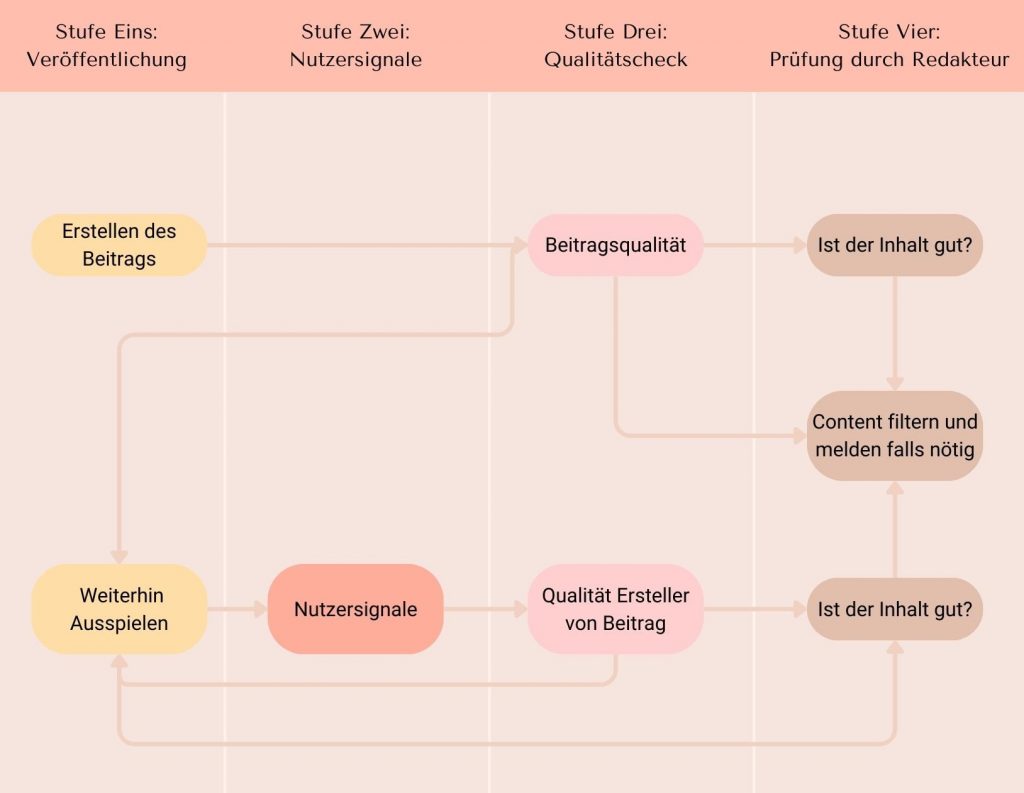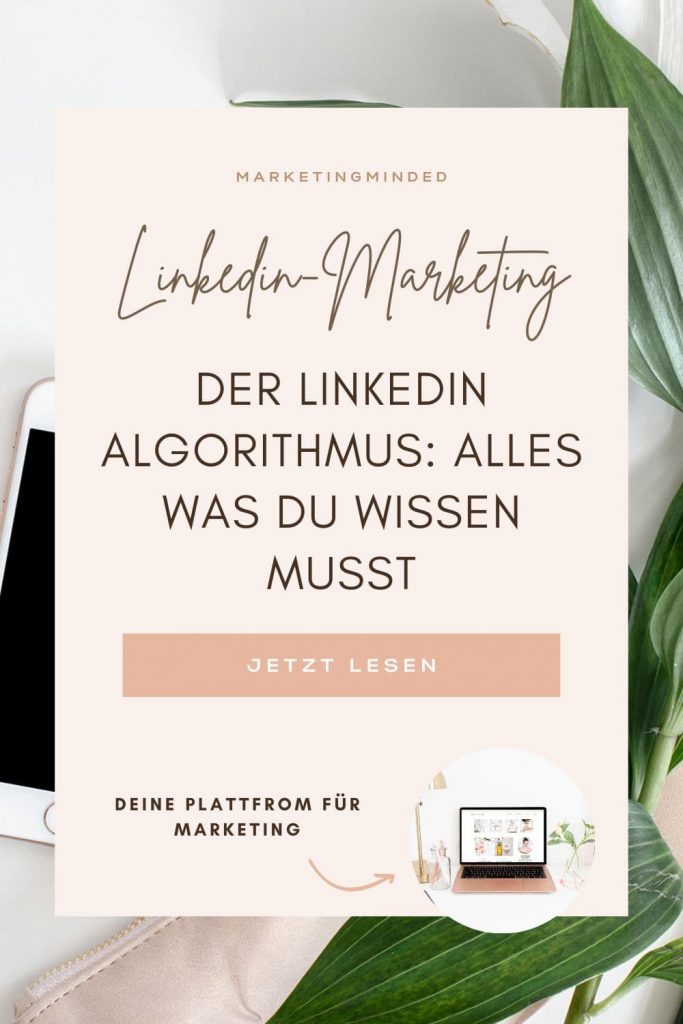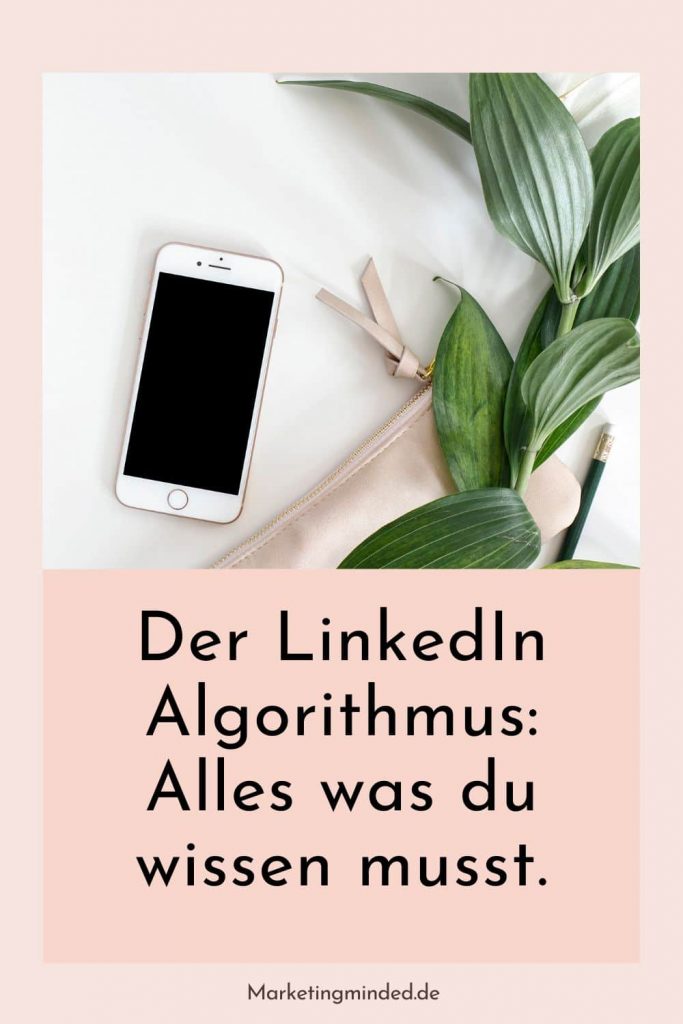
If you want to successfully market your products and services on any social media platform, there’s one thing you absolutely need to understand: the algorithm. This applies just as much to LinkedIn marketing as it does to any other platform. Knowing how the LinkedIn algorithm works and the logic behind it is crucial—and that’s exactly what we’ll break down in this guide.
Why does the LinkedIn algorithm exist?
The longer a user stays on a platform, the more money that platform makes. That’s why social networks use algorithms to show users content they’re likely to find interesting—keeping them engaged for longer.
The LinkedIn algorithm is designed to show each user the most relevant content based on LinkedIn’s perspective. In other words, content that you’re most likely to find valuable and interact with.
According to Pete Davies, Senior Director of Product Management at LinkedIn, their core strategy is simple: “People you know, talking about things you care about.” This means LinkedIn assumes you’ll be interested in content shared by people you know, or by people within your extended network (like friends of friends). After all, people in similar industries or job roles often share similar interests.
How does content end up in your LinkedIn feed?
The LinkedIn algorithm works with this basic principle. Content in your feed usually comes from people you know directly or indirectly—and that LinkedIn believes could be interesting to you.
There are three main ways content can appear in your LinkedIn feed:
- A connection or someone you follow posts or shares content.
- A person in your network likes or comments on a post that LinkedIn thinks might interest you, based on the content or your past interactions.
- You see a sponsored (paid) post.
Which posts actually appear and in what order is determined by the algorithm, based on signals you send (e.g., what you engage with most). If you frequently interact with a specific topic, LinkedIn will show you more related content.
How the LinkedIn algorithm works in 2025
To ensure you only see the most relevant content, all LinkedIn posts go through four filtering stages:
To ensure you only see the most relevant content, all LinkedIn posts go through four filtering stages:
- Initial publication
- User signals
- Quality check
- Editorial review
LinkedIn uses a “human + machine” approach to classify and promote posts.
Stage 1: Initial publication
While writing your post, LinkedIn’s AI is already scanning it in real time, assessing text and image quality. The post is classified into one of three categories: “Low quality,” “Clear,” or “Spam.”
If the content piece is classified as “spam,” the further filtering process is canceled. This means that your posts will not be displayed in your contacts’ feeds and will not have any further chance of reaching a wider audience or gaining visibility. LinkedIn wants to ensure that it remains a platform with high-quality content and is therefore actively combating spam. Posts that are classified as “approved” or “low quality” by the algorithm automatically move on to the next filter stage.
Stage 2: User signals
If your post reaches the second stage, it is initially shown to a small portion of your existing network. Typically, these are users who often interact with your content and who might be interested in your post’s topic. LinkedIn “tests” your content’s relevance in this way to distinguish high-quality from low-quality content.
Relevance is measured by LinkedIn through various user signals. It is calculated based on engagement (likes, comments, shares), dwell time on the post, and the general relevance score of your profile (how relevant you are overall to viewers).
According to Richard van der Blom, publisher of the “LinkedIn Algorithm Report” and LinkedIn expert, the algorithm also weighs different types of engagement differently. For example, a simple like sends a weaker signal to the algorithm than a comment. The more specific a comment addresses the content of your post and contributes to the discussion, the “stronger” and more valuable the signal to the algorithm.
Dwell time is also evaluated depending on your content format. If a user spends over two minutes on your text post, perhaps reading the comments, this sends a stronger signal than if a user only spends two minutes watching a video that happens to be two minutes long.
Stage Three: Quality check
If your contacts have sent enough positive signals to the algorithm — showing that your content is relevant and interesting to them — the next stage follows before it is shown outside your network: the quality check.
At this stage, two things are crucial to ensure your content continues to gain reach and even has viral potential: the quality of the post itself and the quality of your profile.
The quality of your post has already been confirmed by user signals and several algorithm rounds. Now, the algorithm connects your content piece to you: Does the content thematically match the other content you usually post? Does it match your expertise? Do you know what you’re talking about, or could you be spreading misinformation? Is your profile considered high-quality, or does LinkedIn see you more as a spam account?
Stage Four: Editorial review
If your post passes all three previous stages, a real LinkedIn editor then manually reviews your post, checking it from a “human perspective” against the criteria mentioned earlier. If the editor gives the green light, your content continues to be distributed and remains in this loop. As long as your post keeps receiving interactions, it stays in this testing process — meaning stages two to four repeat until signals indicate your post is no longer relevant.
No matter which stage your content is currently in: as soon as the algorithm perceives your post as no longer relevant to users, it stops actively distributing it.

How to Positively Influence the LinkedIn Algorithm
You’ve probably noticed while reading: If you want to positively influence the LinkedIn algorithm and leverage it for your marketing, you need to create content that interests your target audience and that they want to engage with.
A deep understanding of your target audience is therefore essential to running successful LinkedIn marketing. To make the algorithm see your posts as “valuable” for your audience, these tips will help:
- Create content that is up-to-date and discusses topics that matter to your audience.
- Include a call to action in your posts and try to spark discussions in the comments, for example by asking questions.
- Respond to every incoming comment.
- Tag relevant people in your posts to encourage them to interact and become visible in their network.
- Maintain a high-quality network that is genuinely interested in your topics.
- Interact with other accounts that focus on similar topics to increase your visibility.
By the way: You can find even more valuable LinkedIn know-how in our new LinkedIn Deep Dive.
Save this Post on Pinterest





